Up to 458 forecourts closed last year but the site numbers highlight an underlying change in structure of the petrol retailing market in the UK, according to latest figures from Catalist.
Although there are discrepancies in the quoted figures – Catalist puts site numbers at the end the 2004 at 10,475, down from 10,933 in 2003, while the Energy Institute claims there are now 10,351, a decrease of just 184 sites on its previous year’s figures – the picture is the same. Site numbers continue to decline but the make up of the market is changing.
“For the first time in many years, closures were confined to the oil companies and the main dealers,” said the Energy Institute.
According to Catalist, the number of company-owned sites fell by 314 last year, while the dealer network reduced by just 175 sites. However, the hypermarket network grew by 31 sites, and now has a 10.7% outlet share, but 29.4% volume share.
Arthur Renshaw, UK & Ireland sales manager at Catalist, said: “Site numbers will continue to decline towards the magic 10,000 mark and assuming no squeeze on product availability the closures are likely to come primarily from the company-owned sector.
“The larger independent dealer groups – such as Malthurst, Petrol Express and Snax 24 – will continue to pick up more sites and extend their influence.”
Q8’s sale of its company-owned sites, for example, gave the dealer network a 70-site boost last year as Pace Petroleum – a joint venture between Malthurst and property and investment companies, the Winston Group and the William Pears Group – took over operation.
In terms of share brand, BP has opened up a 3% gap at the top, according to Catalist. Its share now stands at almost 16%, followed by Esso at 13% and Shell with just over 12%.
The Energy Institute’s survey also revealed that overall fuel sales increased strongly in 2004 – while gasoline sales continued to decline, this was offset by a surge in diesel sales – up nearly 13% over the year and producing an overall retail fuel sales hike of 3.3%.





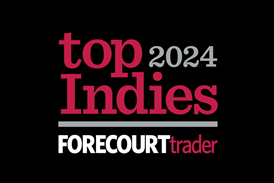




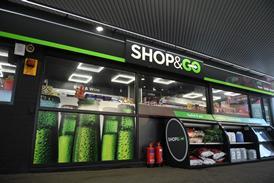

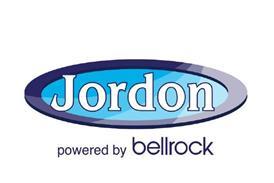
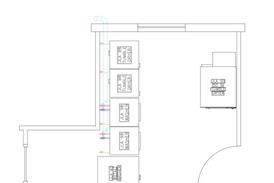








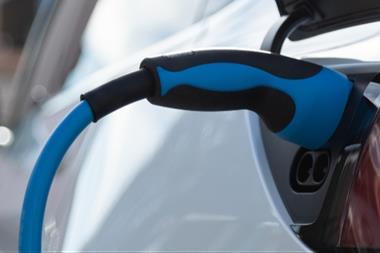






No comments yet